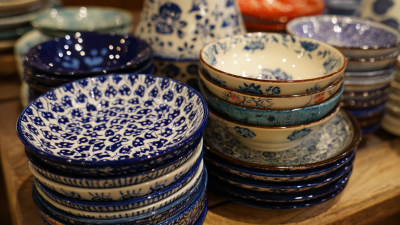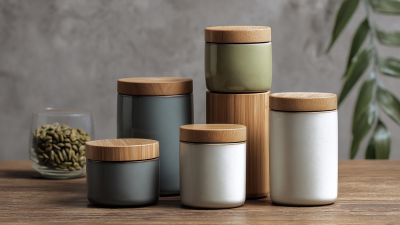

Caring for your ceramic tableware is essential not only for maintaining its aesthetic appeal but also for ensuring its longevity. Ceramic tableware, with its beautiful finishes and intricate designs, can enhance your dining experience, but improper care can lead to chips, cracks, and dullness over time. In this guide, we'll explore practical tips and techniques that will help you preserve the beauty and functionality of your ceramic tableware. From gentle cleaning methods to appropriate storage solutions, these insights are designed to prevent wear and tear while showcasing the unique artistry of each piece. Whether you are a casual host or a dedicated collector, understanding how to properly care for your ceramic tableware will keep it looking exquisite, allowing you to enjoy its charm for many years to come.
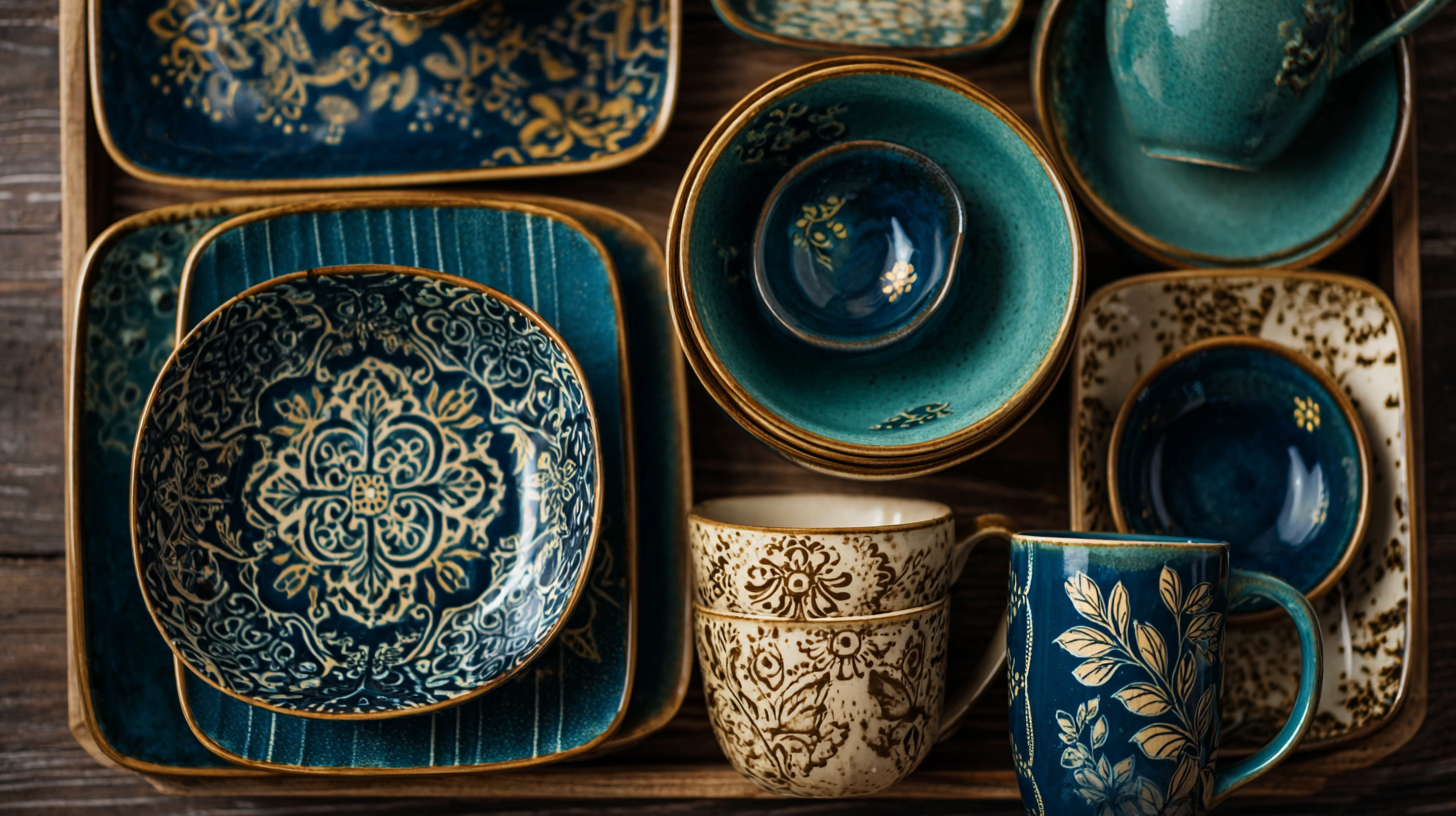
When it comes to maintaining ceramic tableware, proper cleaning and maintenance are paramount for both longevity and aesthetic appeal. According to a recent industry report by the National Association of Tableware Manufacturers, properly cared-for ceramic dishes can last up to 50% longer than those that are not maintained correctly. To ensure your ceramics remain in pristine condition, it's essential to use a gentle dish soap and warm water for everyday cleaning. Avoid abrasive cleaners or scrubbers, as they can scratch the surface and lead to wear over time.
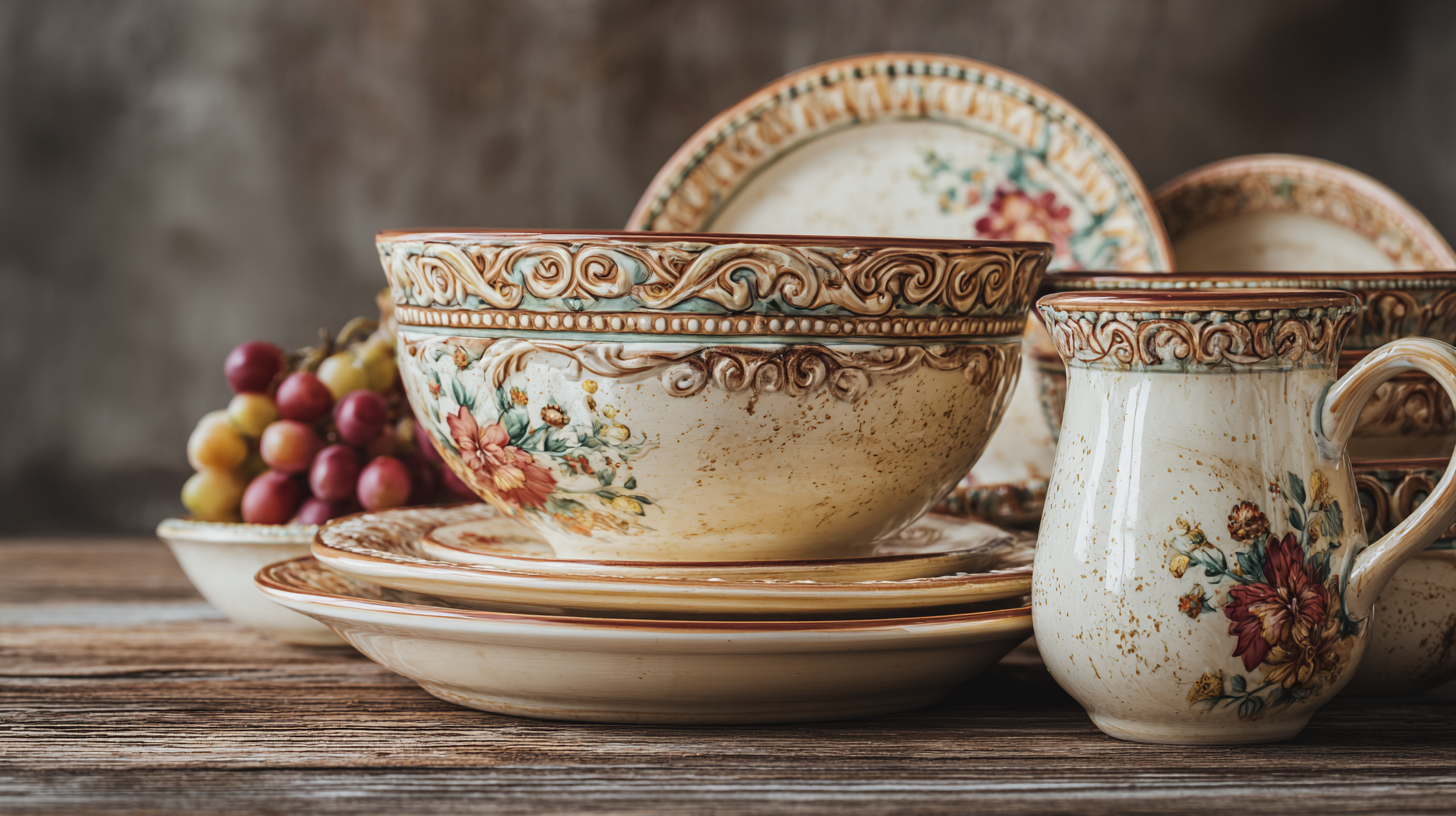
Storing your ceramic tableware with care is equally important. Data from the Global Home Goods Survey indicates that improper storage practices can decrease the lifespan of ceramic items by as much as 30%. Stacking large plates with cardboard or felt pads in between can prevent chipping. Additionally, avoid exposing your ceramics to extreme temperature variations, as this may cause cracking. By following these essential cleaning and maintenance tips, you can enhance the durability of your ceramic tableware while preserving its visual appeal for years to come.
When it comes to caring for your ceramic tableware, understanding the different types of ceramic glazes is crucial for maintaining their longevity and aesthetic appeal. Ceramic glazes can primarily be divided into three categories: glossy, matte, and satin. A study by The American Ceramic Society indicates that glossy glazes are not only visually striking but also more resistant to staining and easy to clean. However, they may require more careful handling to avoid scratches that could mar their shiny surface.
On the other hand, matte glazes, while offering a soft, rustic charm, can be more porous and susceptible to staining. According to a report by the International Association of Ceramics, tableware with matte finishes should be cleaned immediately after use to prevent any residues from bonding to the surface.
Satin glazes often strike a balance between glossy and matte finishes, providing a smooth texture that’s both aesthetically pleasing and functional. To care for all types, it is advisable to wash ceramic tableware by hand with gentle detergents, avoiding harsh chemicals that could affect the glaze’s integrity. By understanding these nuances, you can ensure that your ceramic tableware remains beautiful and functional for years to come.
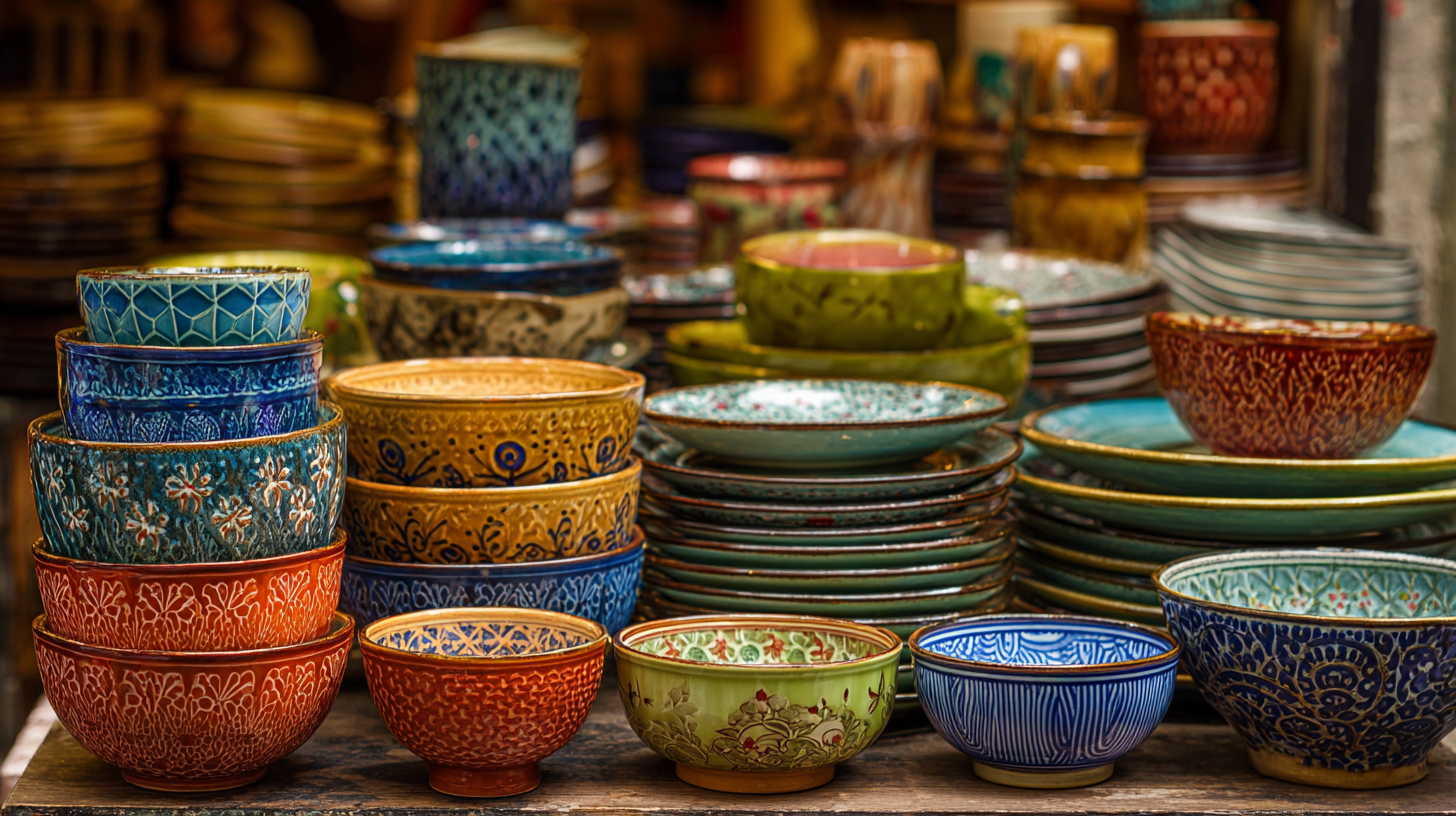 Ceramic tableware can be both aesthetic and functional, but preventing chips and cracks is vital for maintaining its beauty and longevity. One effective strategy is to handle your ceramics with care. Always grasp dishes by their base instead of the rim, and avoid stacking them too high to minimize pressure. When storing, use padding like cloth or bubble wrap between pieces to prevent direct contact. Additionally, it's advisable to avoid sudden temperature changes, as thermal shock can lead to cracks.
Ceramic tableware can be both aesthetic and functional, but preventing chips and cracks is vital for maintaining its beauty and longevity. One effective strategy is to handle your ceramics with care. Always grasp dishes by their base instead of the rim, and avoid stacking them too high to minimize pressure. When storing, use padding like cloth or bubble wrap between pieces to prevent direct contact. Additionally, it's advisable to avoid sudden temperature changes, as thermal shock can lead to cracks.
In the unfortunate event that your ceramic pieces do sustain damage, the art of kintsugi offers a beautiful perspective. This Japanese technique emphasizes the notion that flaws and repairs can enhance an object's value, rather than detracting from it. By using precious metals to mend cracks, kintsugi not only restores functionality but also transforms imperfections into unique design elements. Embracing this philosophy can encourage a mindful appreciation for your ceramics, celebrating both their beauty and their stories, even in brokenness.
Proper storage of ceramic tableware is essential for maintaining both its longevity and aesthetic appeal. To begin with, stacking ceramic items can often lead to scratching and chipping. Therefore, it's advisable to place a soft cloth or paper towel between plates and bowls when stacking them. This protective layer acts as a cushioning barrier, reducing the risk of damage from contact. Additionally, avoid overcrowding the storage space, as this can lead to accidental crashes when accessing items.
Another crucial aspect of storing ceramic tableware is to keep it in a stable environment. Avoid areas that are prone to extreme temperature fluctuations or high humidity, which can affect the integrity of the ceramics. Utilize glass or wooden cabinets with doors to keep dust at bay while allowing visibility of your collection. If you have particularly delicate or antique pieces, consider using protective cases designed for display. This not only ensures their safety but also enhances their aesthetic appeal, allowing you to enjoy their beauty even when they're not in use.
Restoring faded ceramic items requires careful attention and the right techniques to breathe new life into your cherished tableware. One effective method is to use a gentle abrasive, such as fine sandpaper or a scratch repair cream, which can help remove minor surface imperfections and enhance the shine of your ceramics. Be sure to test any abrasive material on a small, inconspicuous area first to avoid further damage. Additionally, polishing your ceramic items with a soft cloth after cleaning can help restore their luster and improve their aesthetic appeal.
Another technique to revive faded ceramics involves utilizing a mild, water-based ceramic glaze. Applying a glaze can help fill in fine scratches and restore vibrancy to the colors of your ceramics. When using a glaze, it’s essential to follow the manufacturer's instructions for application and drying times. This method not only helps in reviving the appearance of your tableware but also offers a protective layer against future wear and tear. Regular maintenance involving simple cleaning and protective measures can ensure your ceramic items remain beautiful and functional for years to come.
This chart illustrates the importance of various care techniques for ceramic tableware. Proper cleaning frequency and storage are the most crucial for maintaining longevity and aesthetic appeal, while restoration methods and avoiding harsh chemicals also play significant roles in care practices.

